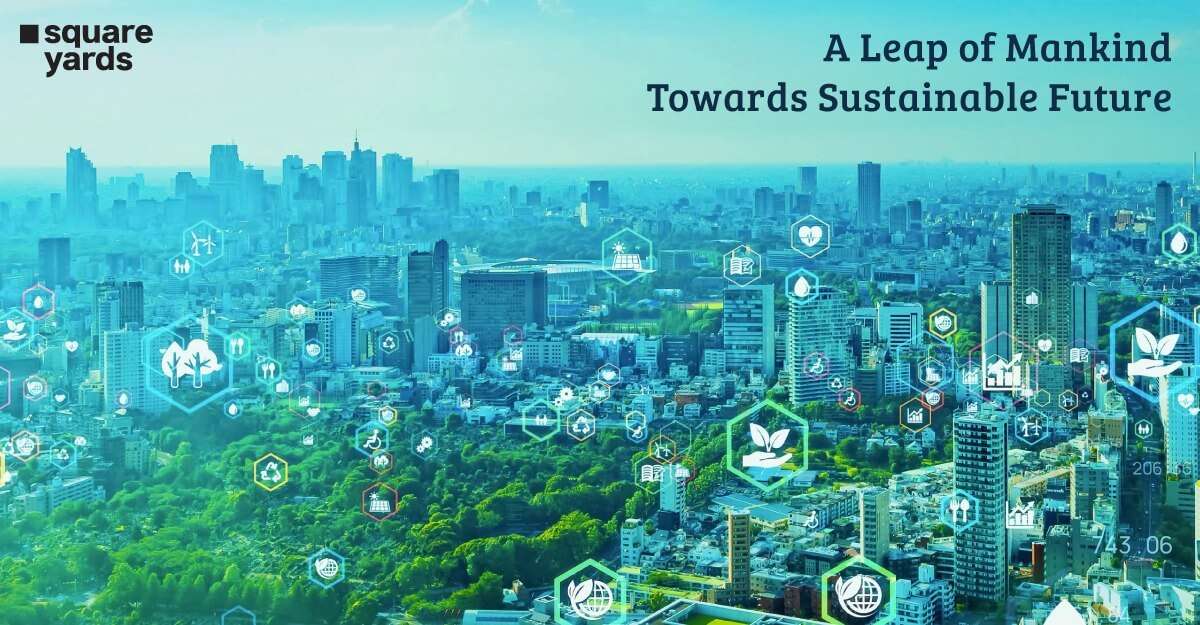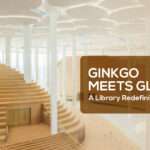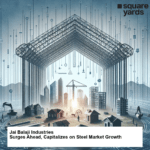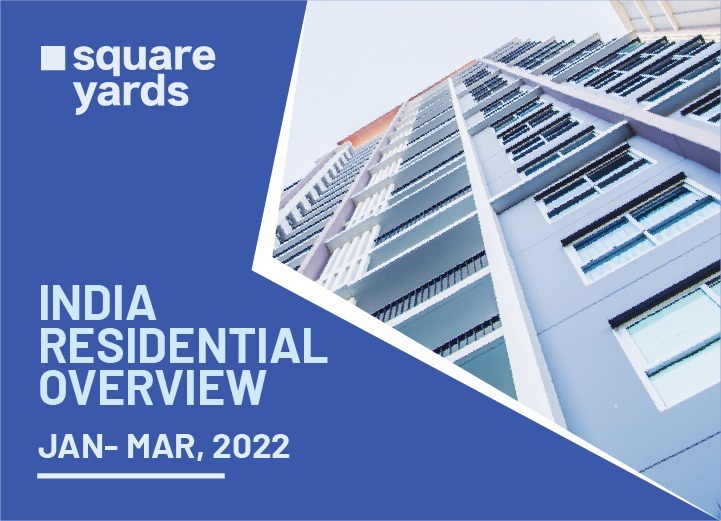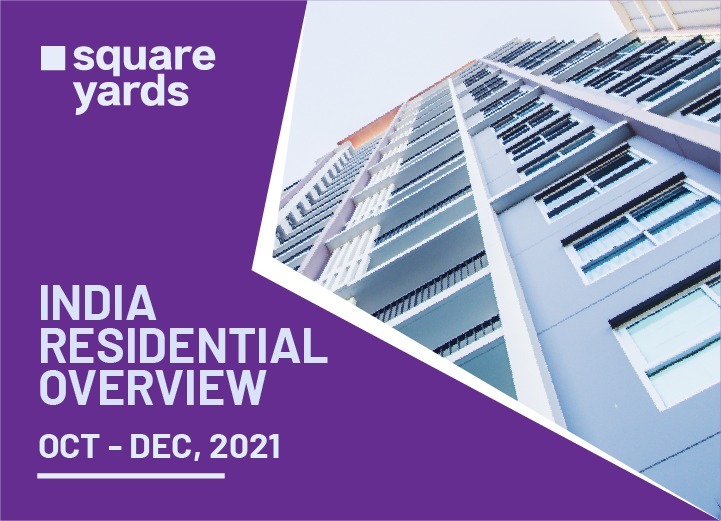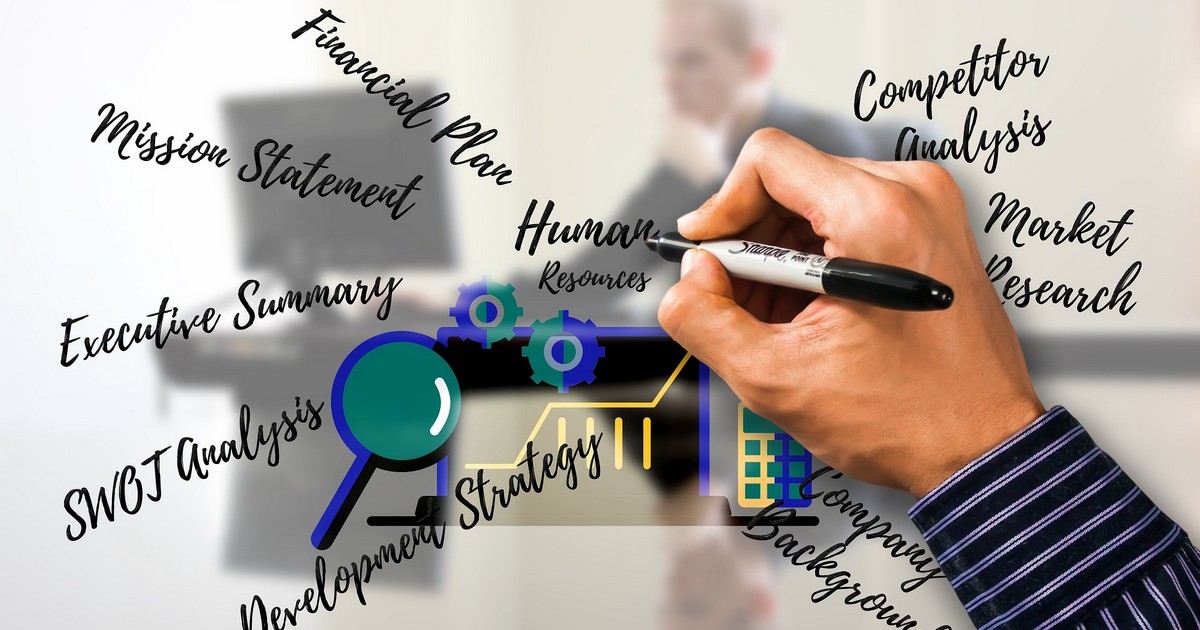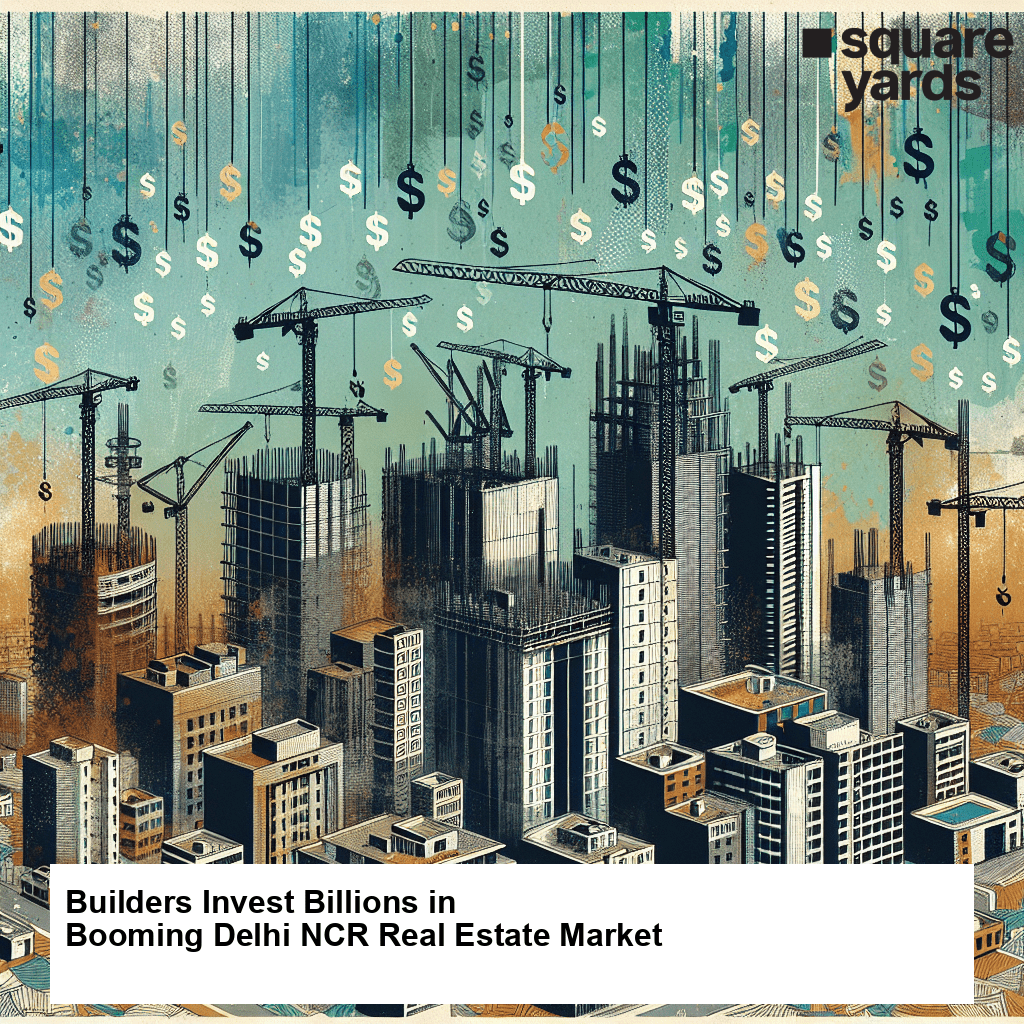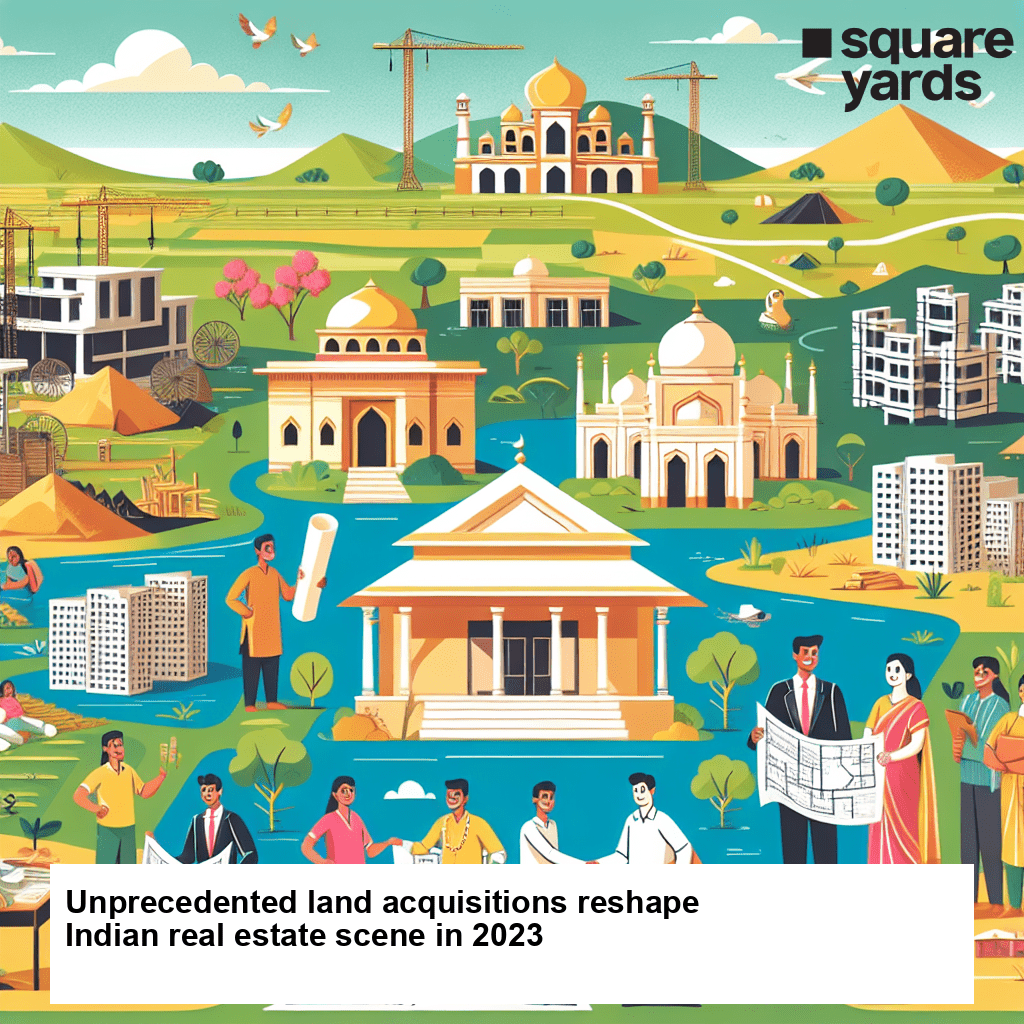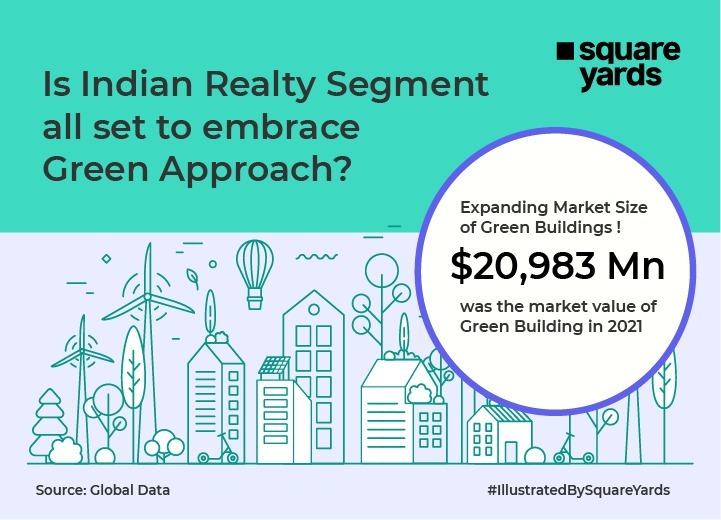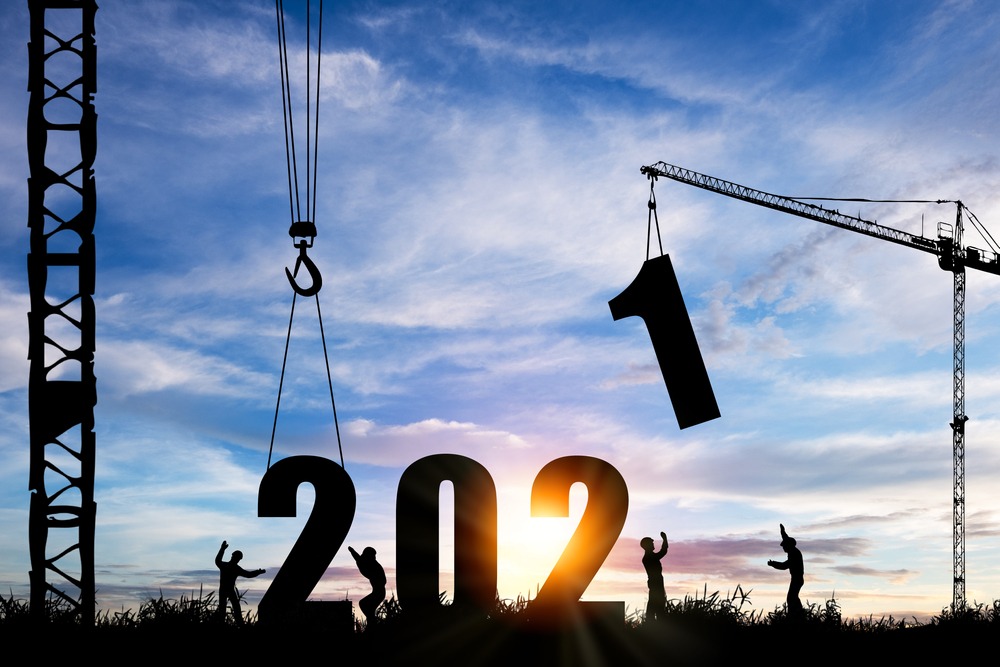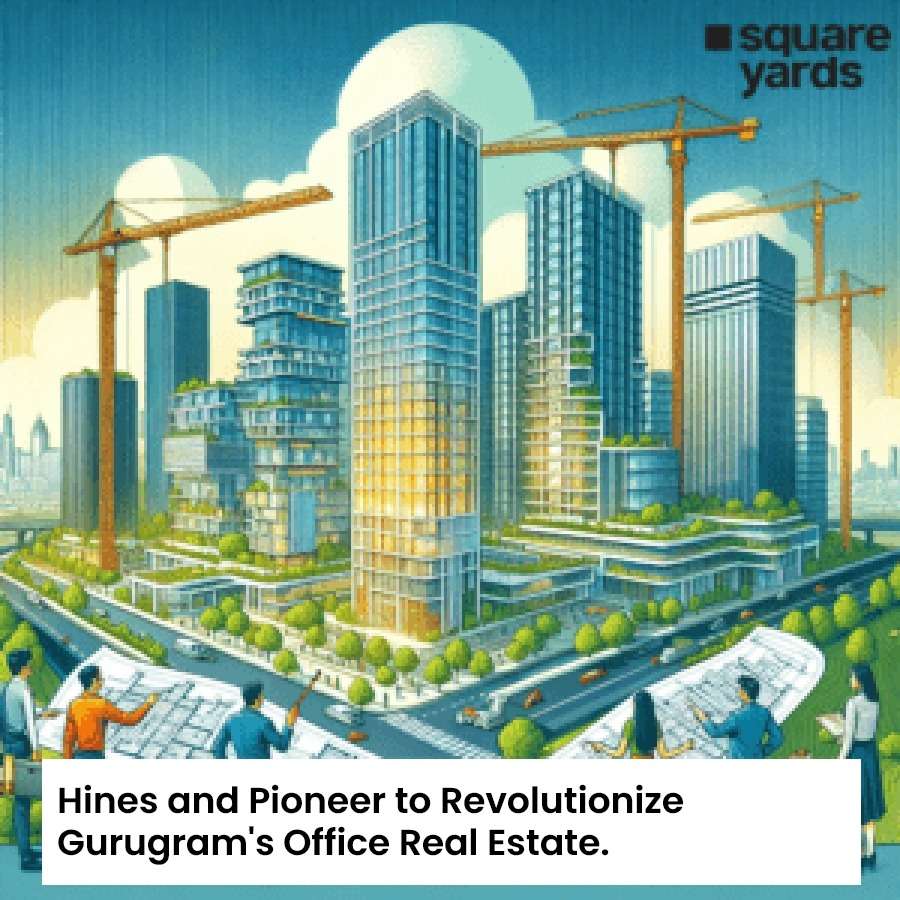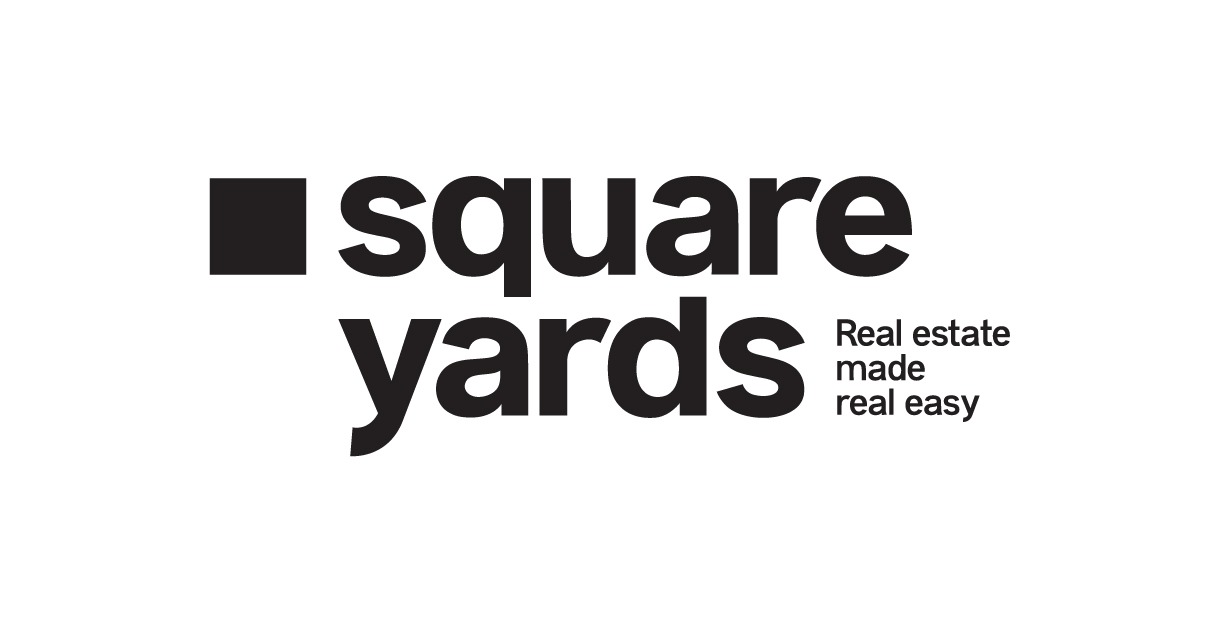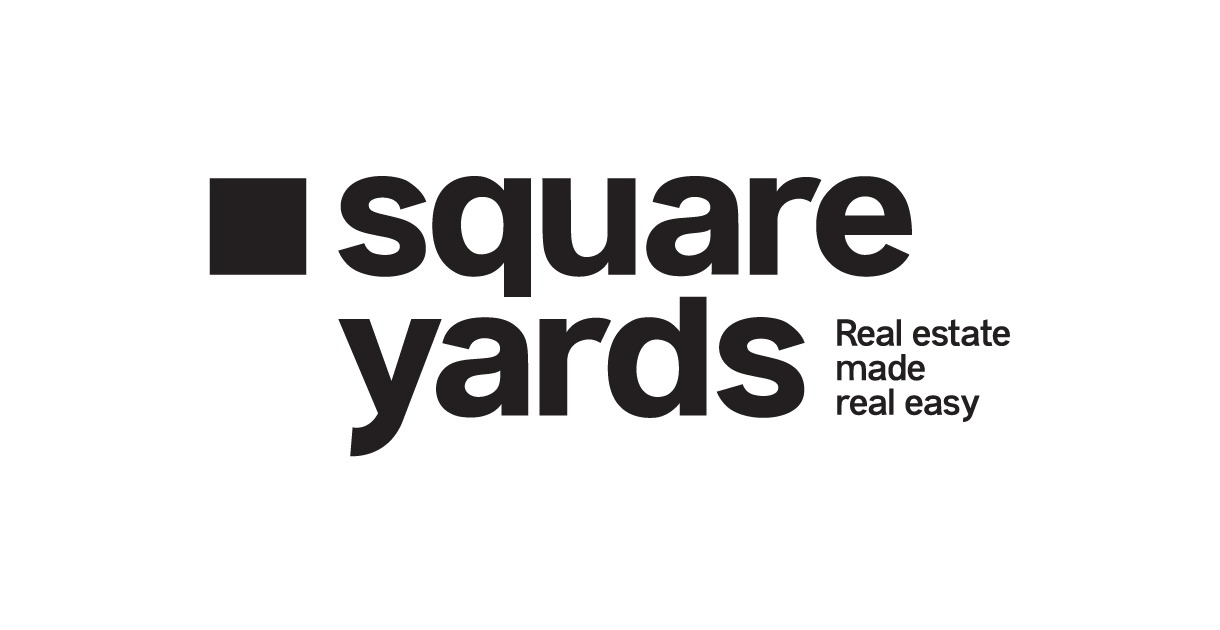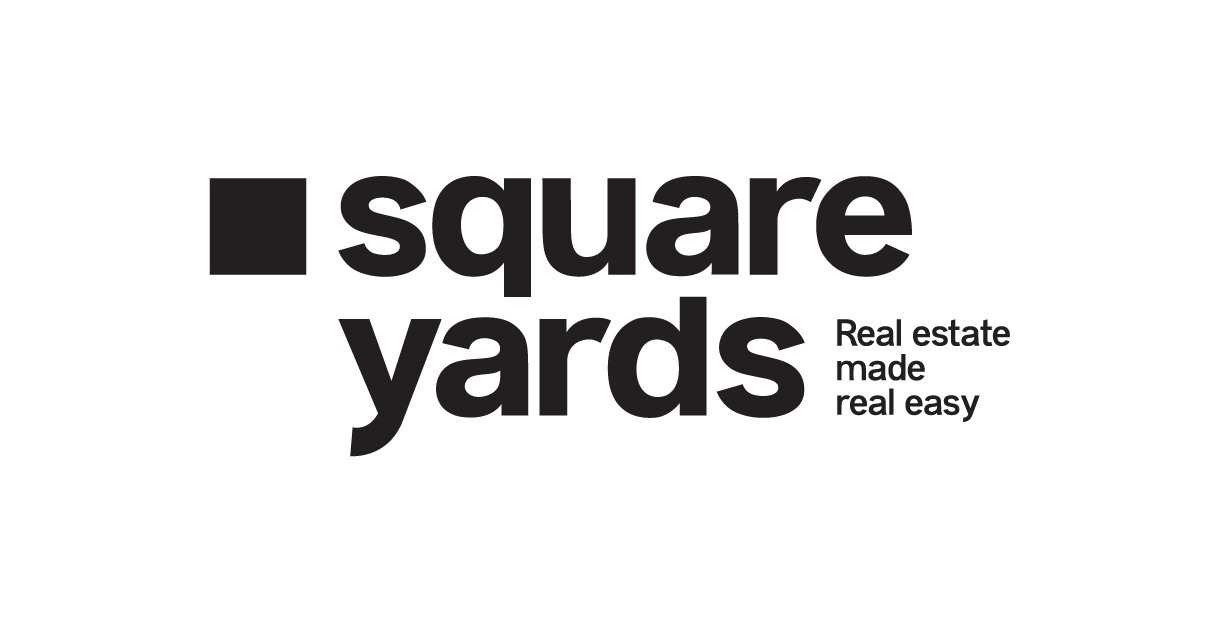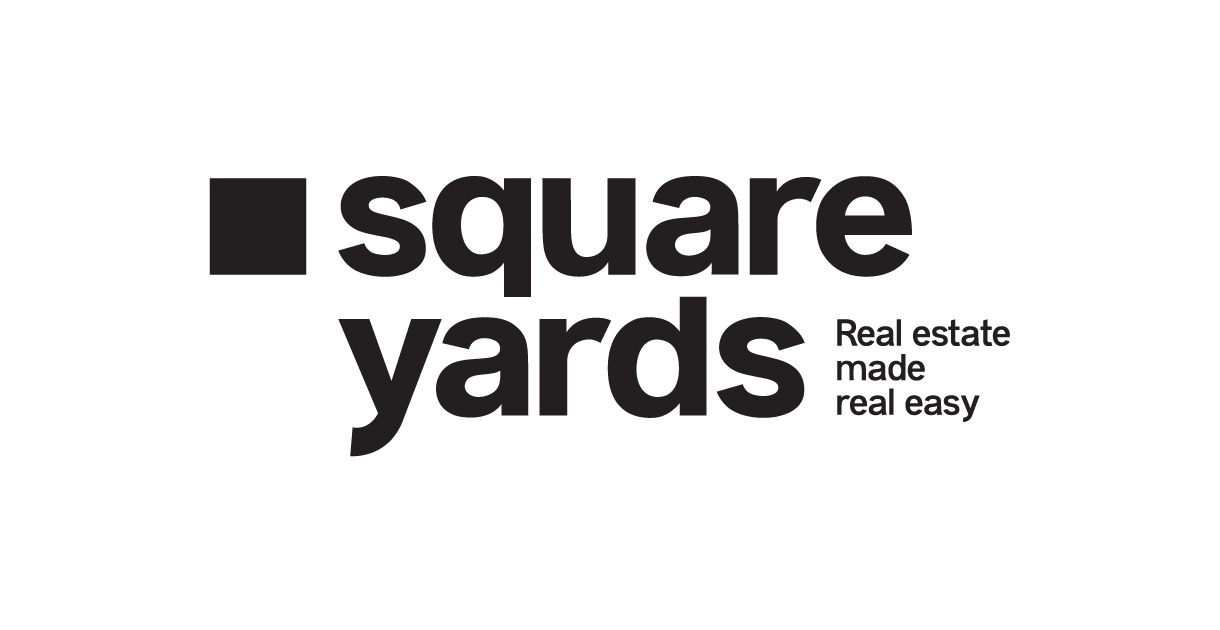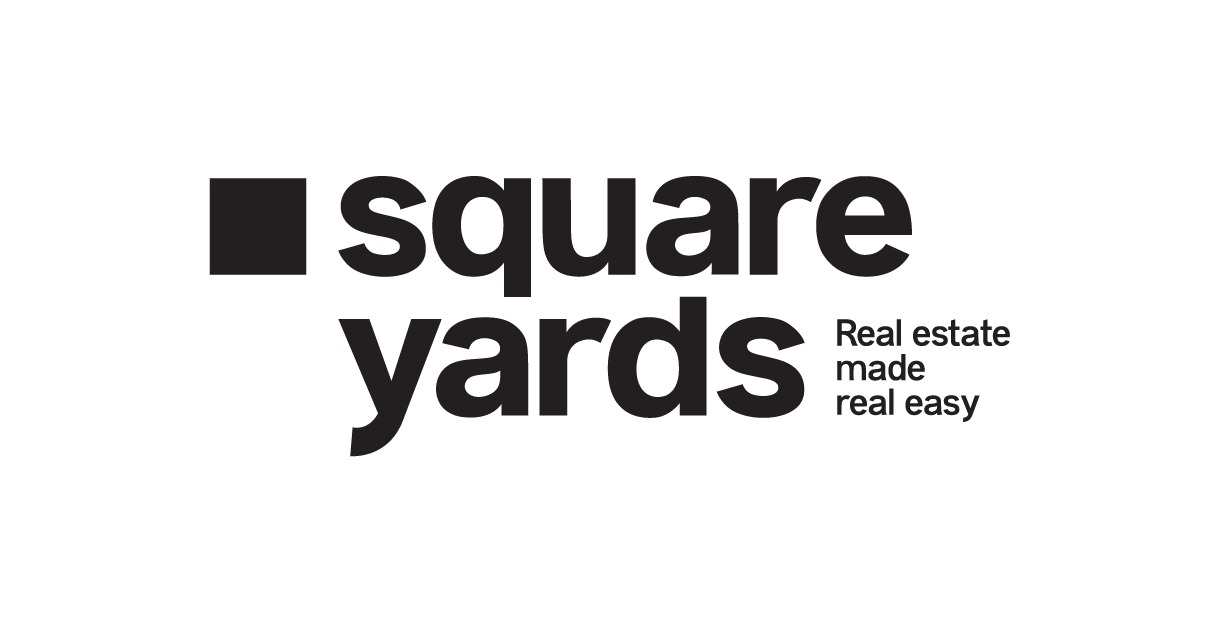With each passing day, we are becoming increasingly aware of the impact of climate change, and the real estate industry is embracing innovative solutions to reduce its carbon footprint. Green technology is now playing a pivotal role in modern construction, transforming the way buildings are designed, built, and operated.
Explore how green technology is changing the construction industry as we speak, and how architects, engineers, and builders are incorporating sustainable practices. We delve into the latest advances in green building materials, energy-efficient systems, and smart technology resulting in a drastic reduction in energy consumption whilst promoting sustainability, and improving the quality of life for building occupants.
Table of contents
Green Construction Technology
Green building technology is essentially the execution of advanced technologies for developing real estate properties. Buildings that are constructed by using this green technology route, tend to pose minimal environmental impact in almost every stage of a building from design, operation, construction, renovation, maintenance and demolition as well. According to the USGBC (United States Green Building Council), the definition of green construction is different for different real properties. However, the foremost consideration is energy efficiency, natural air conditioning, water consumption, material section, and indoor environmental (HVAC) quality.
The inclusion of green building technology in construction is interlinked with applied methods and items all of which are software driven. The ultimate objective of green technology is to cause a substantial reduction in water, material, and energy utilisation during and post construction. Smart energy-saving technologies create zero-energy homes subsequently releasing fewer greenhouse gases that pose a threat to the environment.
Green building technology in construction uses aggressive estimations to help you save considerable capital as it uses lean construction methods. It also generates fewer waste materials.
Types of Green Building Technologies
Green building technologies are involved in several aspects of construction. Their inclusion is targeted to minimise the environmental impact and adopt sustainable development.
Let’s get a better understanding of the different types of green technology used in construction:
Zero Energy Concept
Zero energy, also known as the net-zero concept, is one in which the building design is analysed and created in a way to independently set off the standard electricity grid. This makes the building capable of creating power via the utilisation of renewable sources of energy. The “Zero” of this concept refers to both carbon emissions and energy consumption. In simple terms, those buildings that are created with the help of net-zero technology consume zero net energy per annum and do not contribute to carbon emissions. The renewable sources of energy used in the net-zero concept are solar and wind energy.
Solar Energy
Solar power is one of the cleanest energy sources used in green buildings for construction. There are two different ways of utilising solar energy in green buildings:
Active Solar Energy
The use of photovoltaic technology eases the dependency on other non-renewable and electricity sources for energy security. One of the major obstacles in converting solar energy is its cost. Photovoltaic panels are expensive, and so is the wiring. A regular aluminium wire tends to lose energy in the form of heat. The best wire is made up of silver, which has lower resistance compared to aluminium and copper ones.
However, solar panel installation is a one-time investment that causes a significant amount of saving on utility bills. The photovoltaic panels last up to 45 years and the maintenance is also cheap. All it needs is a water wash to remove the accumulated dust on its panels. Looking at the bigger picture, active solar energy reduces the excessive use of fossil fuels and as well as the greenhouse effect on the ecosystem.
Passive Solar Energy
Instead of directly converting the solar energy into electricity, passive solar energy strategically converts the photovoltaic rays to generate heat. The windows are placed in a direction that ensures optimum amount of sun rays enter the premises and assist in warming the building during cold weather conditions.
Low-Emitting Materials
The low-emitting materials are shortlisted to improve the inhabitants’ and environmental health as they do not release significant pollutants such as Volatile Organic Compounds (VOCs) into the indoor environment. The low-emitting materials are applied to numerous products:
- Walls
- Flooring
- Ceilings
- Composite wood
- Interior coating and paints
- Interior sealants and adhesives
- Thermal insulation
The low-emitting materials also enhance the overall air quality and provide an easing living experience to the individual with environmental sensitivities.
see also – Green Buildings Concept in India
Green and Clean Insulation
A green building envelope consists of its windows, walls, all the insulation between its wall, air and vapour barriers in its wall along with roofing material and so on. Product specifiers must look at envelope components that support the inhabitant’s comfort, keep moisture out and ensure clean air. Moreover, a clean and green insulation technology avoids hazardous materials and reduces cooling and heating loads. These all can be attained by efficiently utilising resources and generating low incorporation materials impact. Some of the essential considerations that must be done before opting for insulation material are as follows:
- Insulation material cost
- Insulation requirement degree
- Fire-proof insulation
- Hydrophobic material
Smart Electrical Appliances
Almost every real estate property, be it commercial or residential, consumes substantial energy. To tackle the issue of excessive energy usage, come smart appliances that save energy which is directly proportional to saving money. Some examples of smart appliances are SmartGrid dishwashers, washing machines, refrigerators and a few other smart appliance technologies.
Note: In order to facilitate your clients with the best living experience and to align the operational practice with green building, it becomes necessary to take every aspect into consideration, such as energy efficiency.
Green Technology in Construction: Why Did It Come Into Existence?
There are almost eight billion individuals on the globe, and every individual has their own demand for energy security. The current energy infrastructure is dependent on non-renewable energy to a great extent, resulting in global warming and greenhouse gas emissions. These gases are harmful and are holding us from attaining a sustainable future. To take the right steps towards preserving what we have, green technology inclusion is imperative.
In addition, green technology in construction is an attempt to ease the transition of utilising renewable energies that are eco-friendly and pose zero to no threat to the ecosystem. In terms of construction, you can transform your business and make your real estate property stand out from the rest by the following key points:
- Promotes a healthy living environment
- Lowers the risk of excessive carbon emission
- Facilitates an improved working environment
- Enhances the air quality
- Reduces and conserves energy, water, and other rapid-depleting resources.
Note: Green building technologies enrich your real estate property with social currency by enhancing the ecosystem of the existing construction market.
Benefits of Green Technology
Green technology-led construction has its benefits, but the benefits of such properties are not limited to the environment. Green technology in construction is relatively more expensive than the traditional method. Refer to the below-mentioned information to get more information about the real estate benefits of green technology:
Enhance Your Business Positioning in the Real Estate Market
The real estate market is fiercely competitive, every other unit is equipped with exclusive cluster amenities. However, to attract prospective buyers you need to go the extra mile and offer something that convinces them about the projects and its benefits in the long run. The LEED-certified green buildings gain credibility by highlighting your business’s commitment and passion towards a sustainable future.
Beneficial in the Long Run
Green technology in construction is reliable and low-maintenance. It is a one-time investment that increases the longevity of the building by increasing its durability. Taking biodegradable materials and harvested wood as an example, it reduces the carbon footprint. One of the major advantages of green technology is that it assists in improving the construction quality and providing customer satisfaction.
Overshadows the Competitor
Properties that are aligned with sustainability factors tend to garner more demand as compared to similar properties without green construction technology. The application of this technology will help your project stand out highlighting its eco-friendly design and construction.
Greater Future Projection
The utilisation of green construction technology makes the property capable of improving the lifestyle and health of the inhabitants in numerous ways. These methods also promote clear air quality along with pristine working and living spaces.
see also – Building a Green Home? Here’s all You Need to Know!
Wrapping Up
Green technology in construction is associated with complex technologies and practices used in the construction, operation, and design of such buildings. This reduces any detrimental effects on both human health and the environment. As the world becomes more conscious of our impact on the environment, the demand for sustainable building practices and green technology is growing. The construction industry has a crucial role to play in creating a more sustainable future for all of us, and by embracing green technology, we can achieve this goal.
FAQ’s about Green Construction Technology
Q1. What is green construction technology?
Green building technology utilises advanced technologies to develop real estate structures that pose a minimal impact on the ecosystem throughout all life cycles.
Q2. Why is green technology important in construction?
Green technology in construction reduces the emission of toxic chemicals and waste products, which may take centuries to degrade.
Q3. What is green concrete technology?
Green concrete technology can be defined as concrete which consists of waste material as at least one of its components. Moreover, its products do not contribute to environmental destruction due to their high performance and life cycle sustainability.


